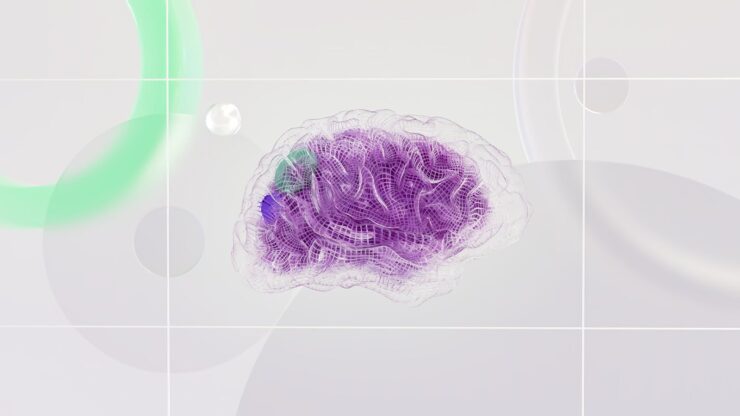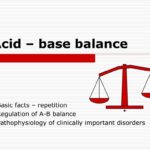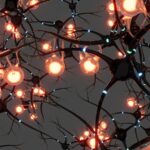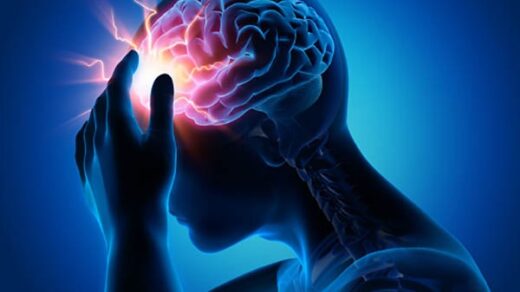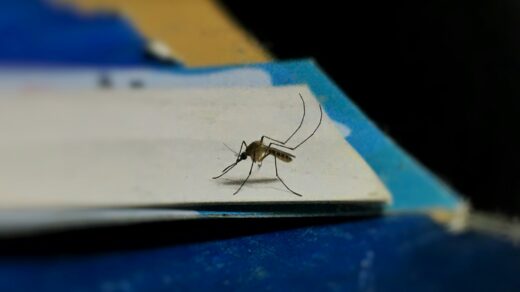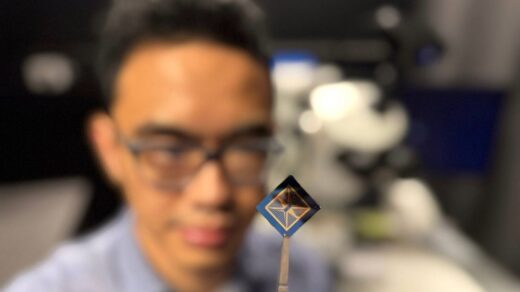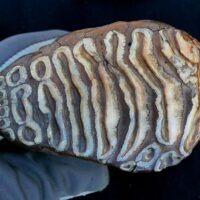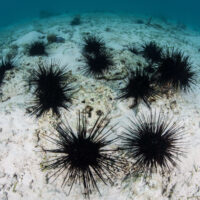Welcome to our deep dive into the spinal control of motor units, where we’ll explore how the spinal cord manages muscle activity through reflexes, sensory feedback, and rhythmic patterns.
Sensory Feedback and Muscle Spindles
We begin with the crucial role of sensory feedback in motor neuron control. Embedded deep within most skeletal muscles are muscle spindles, also known as stretch receptors. These spindles are composed of specialized muscle fibers enclosed in a fibrous capsule. The central portion of this capsule is swollen, giving the spindle its characteristic shape. In this central (equatorial) region, group of sensory axons wrap around the muscle fibers, making these proprioceptors highly sensitive to changes in muscle length.
Proprioceptors are a key component of the somatic sensory system, which provides information about body position and movement. Group Ia axons are the fastest myelinated axons in the body. They enter the spinal cord via the dorsal roots, branching extensively to form excitatory synapses with both spinal interneurons and alpha motor neurons. A single Ia axon can synapse with almost every alpha motor neuron in the same muscle, illustrating the powerful feedback mechanism at play.
The Stretch Reflex
The stretch reflex, or myotatic reflex, is a fundamental example of how sensory feedback controls motor responses. Sherrington’s experiments revealed that stretching a muscle leads to an automatic contraction. This reflex is mediated by a monosynaptic reflex arc, meaning that only one synapse separates the sensory input from the motor output.
When a muscle is stretched, the muscle spindles are activated, causing an increase in Ia axon discharge. This heightened input depolarizes alpha motor neurons, which then fire more frequently, leading to muscle contraction. The knee-jerk reflex is a common demonstration of this principle: a tap on the patellar tendon causes the quadriceps muscle to contract and the leg to extend. Such reflexes test the integrity of the nervous system and can be observed in various muscles, including those in the arms and jaw.
Peripheral Nerve Injuries and Regeneration
Peripheral nerves, when damaged, often regenerate and attempt to reconnect with their target muscles. However, the effectiveness of these regenerated axons and synapses compared to their original counterparts is a key area of research. While regeneration can restore function, the efficacy and precision of the regenerated connections can vary, impacting reflex activities and motor control.
Intrafusal vs. Extrafusal Fibers
Muscle spindles contain intrafusal fibers, distinct from extrafusal fibers that form the bulk of the muscle and are responsible for muscle contraction. Intrafusal fibers receive motor innervation from gamma motor neurons, while extrafusal fibers are controlled by alpha motor neurons. When an upper motor neuron initiates muscle contraction, extrafusal fibers contract, shortening the muscle. Gamma motor neurons simultaneously activate intrafusal fibers to ensure that muscle spindles continue to provide accurate feedback about muscle length.
The interaction between alpha and gamma motor neurons is essential for maintaining the sensitivity of the muscle spindles. Activation of alpha motor neurons decreases Ia activity, while gamma motor neuron activation increases it. This dynamic ensures that muscle spindles remain responsive, providing continuous feedback to adjust muscle activity.
Spinal Interneurons and Central Pattern Generators
Spinal interneurons are critical for modulating motor neuron activity and integrating sensory inputs. These interneurons receive inputs from sensory neurons and other spinal circuits, coordinating complex motor behaviors. Even after a complete spinal cord transection in a cat, coordinated walking movements can still occur, indicating that central pattern generators (CPGs) within the spinal cord are responsible for rhythmic motor activities.
Central Pattern Generators and Rhythmic Movements
CPGs are neural circuits that produce rhythmic motor patterns. These generators can create rhythmic movements such as walking, swimming, or breathing. The simplest CPGs involve neurons with intrinsic pacemaker properties, which generate rhythmic activity on their own. However, in more complex systems, these neurons are embedded within interconnected circuits that combine pacemaker properties with synaptic interactions to produce coordinated rhythms.
Sten Grillner’s research on lampreys, primitive fish that swim using rhythmic body contractions, has provided valuable insights into CPG function. Lampreys’ spinal cords can be maintained invitro and exhibit rhythmic activity similar to swimming. Grillner’s experiments demonstrated that activating NMDA receptors on spinal interneurons is sufficient to generate locomotor activity. NMDA receptors facilitate this by allowing calcium and sodium ions to flow into the cell, leading to rhythmic depolarization and hyperpolarization cycles.
NMDA Receptors and Rhythmic Patterns
NMDA receptors are glutamate-gated ion channels that play a crucial role in generating rhythmic patterns. These receptors allow calcium and sodium ions to enter the cell, leading to membrane depolarization. Subsequently, calcium activates potassium channels, causing the membrane to hyperpolarize. This cycle of depolarization and hyperpolarization creates rhythmic activity essential for behaviors like walking.
The interplay between intrinsic pacemaker properties and synaptic connections in spinal interneurons is vital for rhythmic movement generation. These circuits integrate various inputs to produce coordinated motor patterns, highlighting the complexity and efficiency of spinal control.
Conclusion
Understanding the spinal control of motor units reveals the intricate mechanisms underlying our ability to move and react. From the feedback loops of muscle spindles to the central pattern generators orchestrating rhythmic movements, the spinal cord plays a critical role in managing motor functions. This exploration not only sheds light on basic physiological processes but also informs approaches to address and rehabilitate motor impairments.
ADVERTISEMENTS
ADVERTISEMENTS

